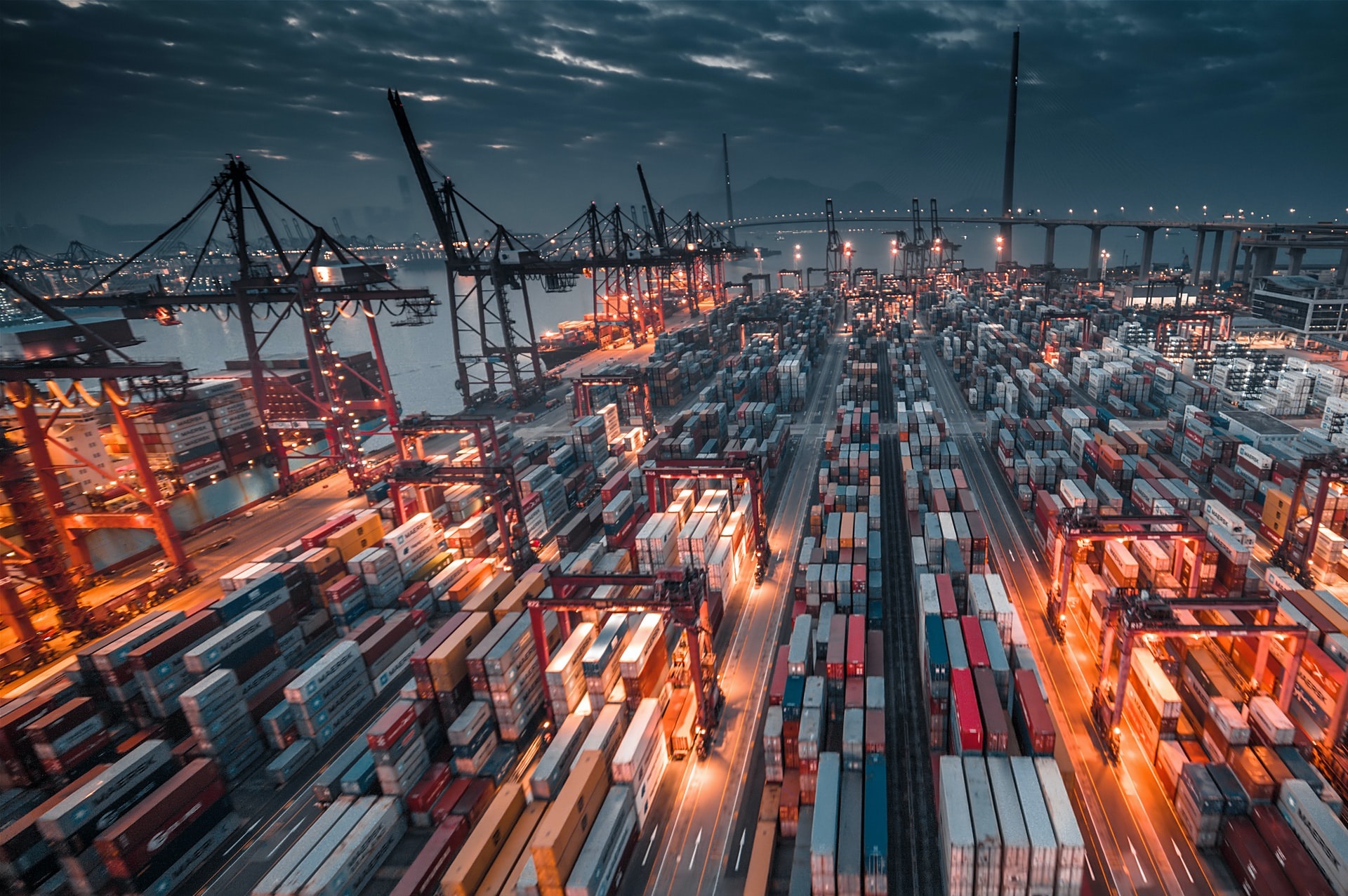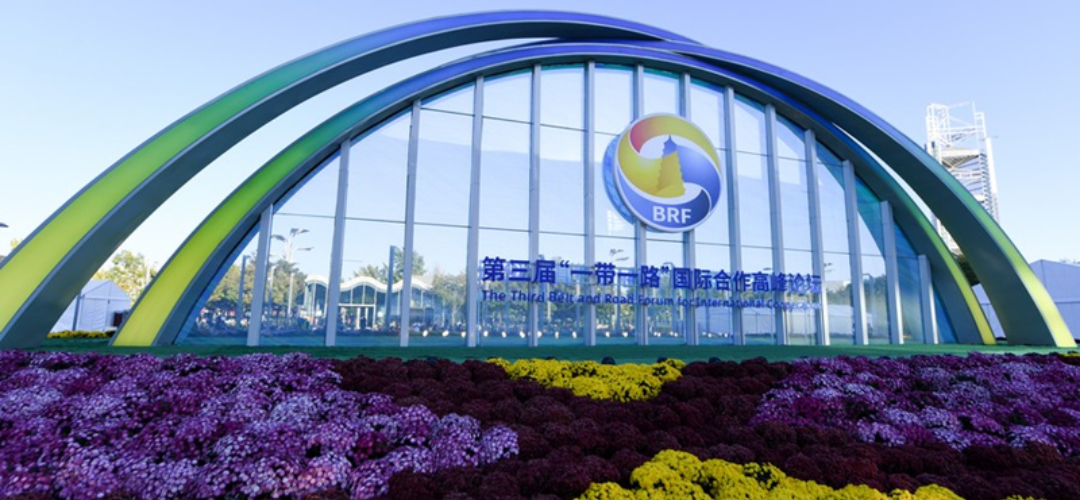While the BRI holds the promise of economic growth, it also raises significant environmental concerns.
Distinguished research professor William Laurence says, “Ghost roads, it seems, are an epidemic,” and “Worse, these roads can be actively encouraged by aggressive infrastructure expansion schemes — most notably China’s Belt and Road Initiative, now active in more than 150 nations.”
Nothing could better define the dreams conjured by the Belt and Road Initiative (BRI). Launched by China in 2013, the BRI is a vast infrastructure development strategy aimed at enhancing regional connectivity and embracing a brighter economic future through building trade and infrastructure networks. The initiative spans over 150 countries in Asia, Africa, Europe, and beyond, focusing on building roads, railways, sea routes, and various infrastructural projects.
Background
The BRI is expected to increase global GDP by up to $7.1 trillion while lowering global trade costs by up to 2.2%. The Belt and Road Initiative’s emphasis on infrastructure expansion thus brings both opportunities and significant risks, particularly in terms of environmental sustainability and the health of natural landscapes. Balancing these will be crucial for ensuring that the benefits of such a grand-scale project do not come at an unsustainable environmental cost. The environmental impact of the Belt and Road Initiative (BRI) becomes particularly counterintuitive when considering its extensive scope across Afro-Eurasia, a region encompassing a vast array of diverse ecosystems, from African savannas to Eurasian forests and everything in between.
Ghost roads are abandoned or unused roads that were once active routes but have since been left to decay. These roads might be remnants of a past era, such as old highways or country roads, made obsolete by new infrastructure or changes in traffic patterns. Some ghost roads are visible as faint traces in landscapes, evident only by overgrown paths, faded markings, or crumbling asphalt. They can also appear on maps or navigation systems, intriguing drivers and explorers with routes that no longer serve their original purpose. Ghost roads often evoke a sense similar to that of ghost towns, serving as physical memories of different times and changing human activities.
The term “ghost roads” can also refer to illegal or unofficial roads created by vehicles driving through natural landscapes, such as forests, wetlands, or grasslands. These roads do not appear in the two leading global road datasets: the Global Roads Inventory Project (GRIP) and OpenStreetMap (OSM). Loggers, miners, poachers, or off-road vehicle enthusiasts often make these roads. Unlike the previously mentioned abandoned roads, these ghost roads are actively harmful to the environment, leading to several issues.
While the BRI holds the promise of economic growth and improved transport and trade links, it also raises significant environmental concerns, especially related to “ghost roads” and other unplanned or poorly integrated infrastructure:
- Environmental Degradation: Many BRI projects traverse through sensitive ecological areas, including forests, mountains, and rivers. The construction and maintenance of roads and other infrastructure in these areas can lead to habitat destruction, biodiversity loss, and environmental degradation. Creating these roads can destroy habitats for many species, fragment ecosystems, and alter the natural landscape in often irreversible ways. Removing vegetation and disturbance of the soil structure can lead to increased erosion and degradation of soil quality, impacting plant growth and water absorption. Additionally, the. These roads can facilitate the spread of invasive plant and animal species, which can outcompete native species and lead to biodiversity loss. Erosion can also increase sediment in water bodies, affecting water quality and aquatic life. Roads can disrupt natural water flow patterns, leading to problems like flooding or reduced water availability downstream.
- Indirect Encouragement of Illegal Activities: Infrastructure projects, like roads, can unintentionally facilitate access to previously remote areas. This can lead to increased logging, mining, and poaching activities, often illegal and highly destructive to the environment.
- Lack of Regulation and Oversight: In some cases, the rapid development encouraged by the BRI might outpace the local environmental regulatory frameworks, leading to projects that do not adequately consider or mitigate their ecological impacts.
- Long-term Impacts on Local Communities and Ecosystems: While the initial phase of construction can lead to immediate environmental damage, the long-term presence of these roads can permanently alter local ecosystems and community structures, often with detrimental effects.

Analysis
The sheer scale of infrastructure development under the BRI—spanning continents—means that even small ecological impacts can be magnified across different regions. Infrastructure projects that might seem benign on a small scale can have compounded negative effects when replicated across numerous sensitive ecosystems. Afro-Eurasia includes regions with some of the world’s most critical biodiversity hotspots. Infrastructure projects, like road and railway construction, can lead to significant habitat fragmentation and disturbances in these sensitive areas, which may not recover easily or ever return to their original state.
80% of China’s overseas energy investments under the BRI are in fossil fuels, with solar and wind accounting for only 3%. While part of the BRI includes the development of renewable energy projects, the initiative also heavily involves construction and industrial activities that are highly carbon-intensive. This creates a paradox where the initiative aimed at economic development and possibly even energy sustainability ends up contributing substantially to carbon emissions.
The BRI’s overarching goal is to improve economic connectivity and development, but without stringent and uniformly enforced environmental standards, this goal conflicts with sustainable development. Rapid construction often prioritises speed and cost over environmental considerations, leading to long-term ecological damage that can undermine the initial economic benefits by depleting natural resources and ecosystem services that local economies depend on.
The international nature of the BRI means that environmental impacts can cross national borders. Pollution, water usage, and ecological disturbances in one country can affect neighbouring countries, potentially leading to conflicts or requiring complex multinational management strategies that are difficult to coordinate and enforce. As the effects of climate change intensify, the infrastructure built today must be resilient to tomorrow’s environmental conditions. However, the rapid pace of BRI projects might not always allow for careful consideration of future climate scenarios, making the infrastructure and the surrounding environments vulnerable to climate impacts.
Although the BRI presents itself as a green initiative, China’s policies through the BRI have overwhelmingly negative environmental consequences, not only through harmful coal dumping in developing countries but also through arctic oil extraction via the Polar Silk Road and excessive cement production.
Assessment
- Despite green initiatives, the reality on the ground is mixed. While some coal projects have been cancelled, representing a significant reduction in potential carbon emissions, many projects continue to receive funding and are likely to be constructed. This indicates a partial continuation of reliance on coal, which conflicts with the stated goals of reducing environmental impact.
- Globalisation and development are inevitable, and we constantly attempt to transcend our physician limitations at cheaper costs. However, considering how something as simple and benign as a road can alter the delicate balance of nature, planning strategies must include long-term approaches to ensure developments become more connected rather than fragmented.
- While the BRI aims to create a connected, economically vibrant Afro-Eurasia, the environmental impacts pose significant challenges that can be counterintuitive to the goals of sustainable development and resilience against climate change. Ensuring that these projects incorporate robust environmental safeguards is crucial to mitigate these paradoxical outcomes




